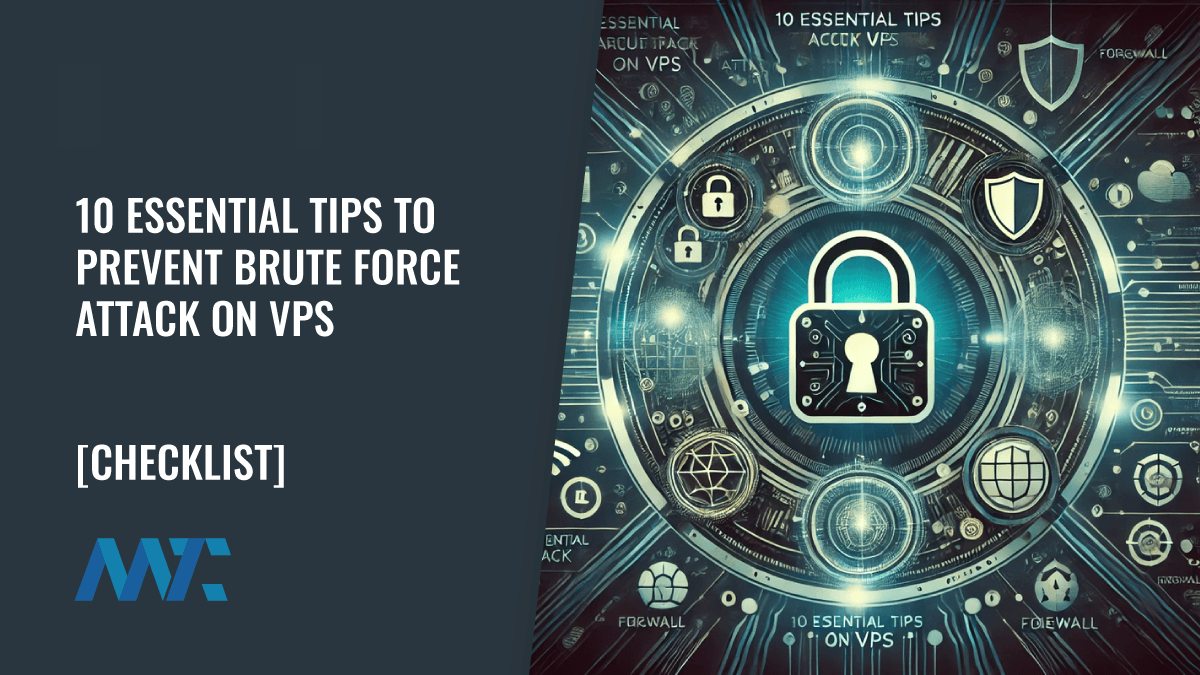A proprietary network protocol developed by Microsoft that allows users to remotely access and control another computer over a network connection. It provides a graphical interface for users to interact with a remote system as if they were physically present.
How RDP Works
RDP operates by transmitting screen images from the remote system to the user’s device while sending keyboard and mouse inputs back to the remote system. It uses port 3389 by default and employs encryption to secure data transmission.
Key Features of RDP
- Remote Access: Enables users to control a computer or server from anywhere.
- Multi-User Support: Allows multiple remote connections (in Windows Server editions).
- Clipboard and File Sharing: Supports copying and pasting text, files, and folders between local and remote systems.
- Printing Redirection: Lets users print documents from the remote machine to their local printer.
- Audio and Video Streaming: Transmits sound and video output from the remote system.
- Authentication and Security: Includes Network Level Authentication (NLA) for enhanced security.
Common Uses of RDP
- IT Administration: System administrators use RDP to manage and troubleshoot remote servers.
- Remote Work: Employees can access office computers from home or while traveling.
- Technical Support: IT support teams use RDP to assist users with software issues.
- Cloud Computing: Many cloud-based VPS and virtual machines support RDP connections.
Security Considerations
Despite its convenience, RDP can be a target for cyberattacks, particularly brute force attacks and ransomware infections. To secure RDP:
- Use strong, complex passwords.
- Enable two-factor authentication (2FA).
- Restrict RDP access to trusted IP addresses via firewall rules.
- Change the default RDP port from 3389 to a less predictable number.
- Use VPN tunneling for additional security.
RDP is a powerful and widely used protocol for remote access, offering flexibility and efficiency in managing remote systems. However, securing RDP connections is critical to preventing unauthorized access and potential cyber threats.
